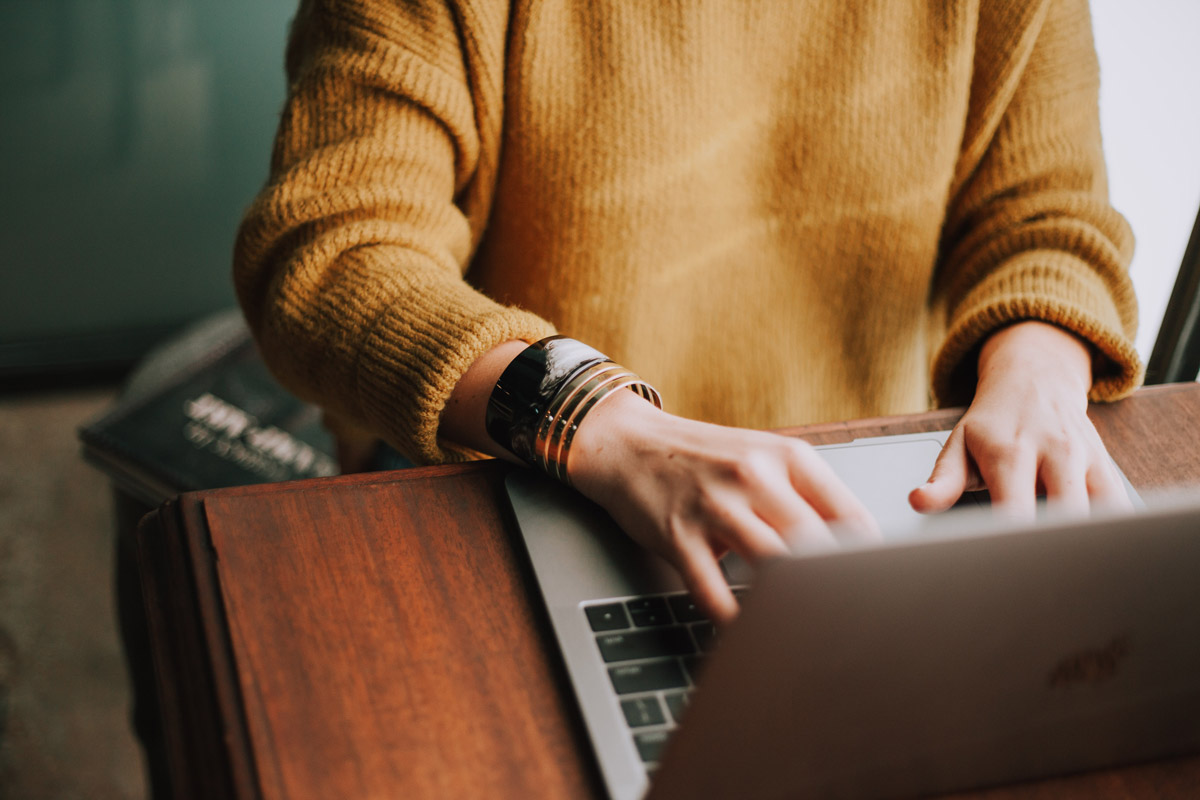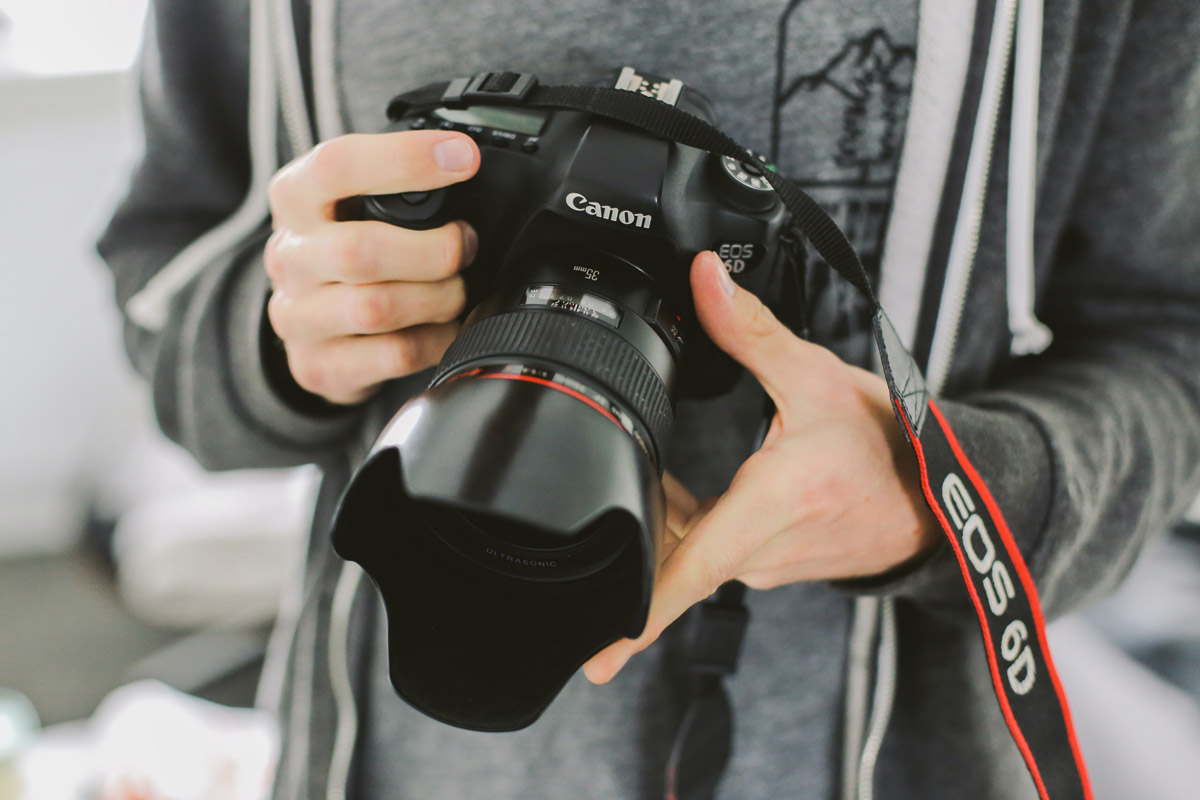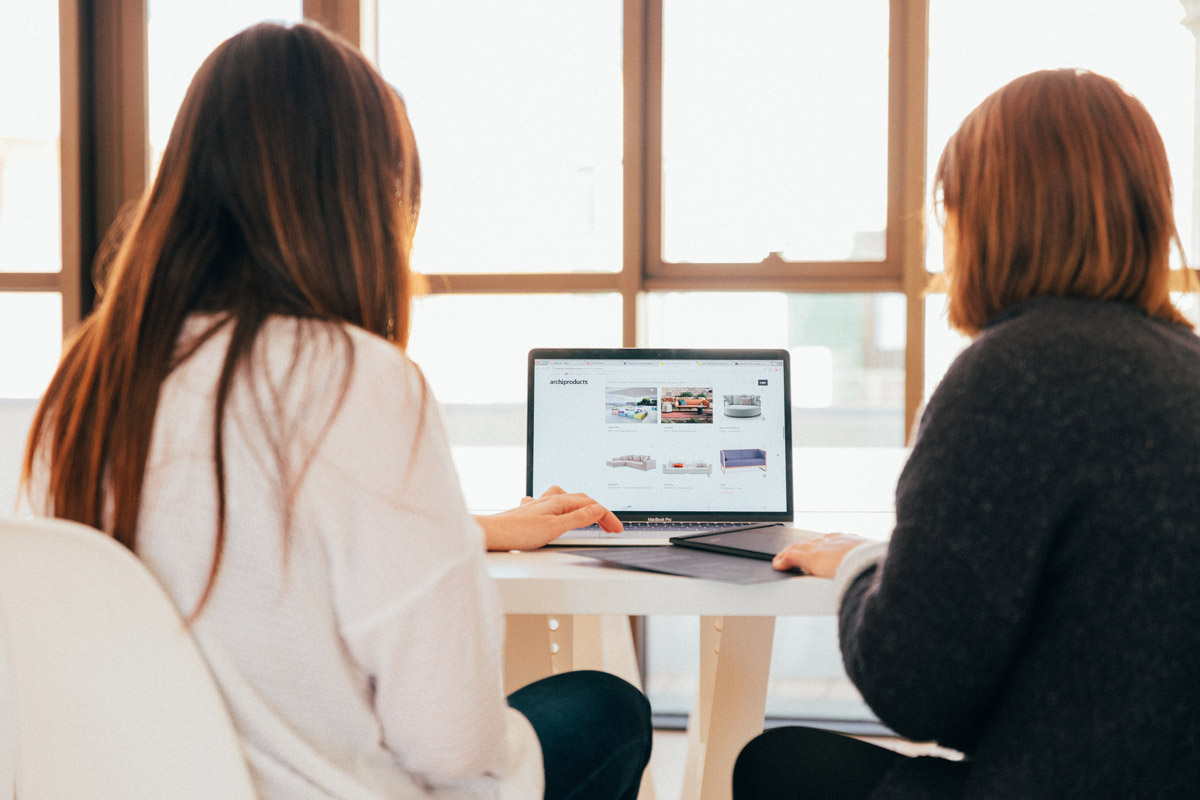When you’re organising a commercial photoshoot, knowing how to write a photography brief might be one of the last things on your mind. But, it’s typically one of the first things on your photographer’s mind.
A solid brief is hugely beneficial to you and your team as well as your photographer. A good brief will give your photographer all the necessary information to decide how to run the shoot.
How you write the photography brief will vary depending on the type of shoot but there are some key pieces you can include. For example, event photography will be totally different from interior photography.

Simply, briefs help us know exactly what your vision is and what you’re planning to do with the images.
Picture this scenario:
As the marketing manager, you get an email from the photographer saying your photos are ready. It was an important shoot for the launch of your new running shoes. You open the shots and love them straight away. You fire them over to the design team and they reply “that’s great, but do you have this one in portrait? Oh, and do you have this one against a white background? We also need this one with more space for text, do you have that version?”.
Ahh…
Without a brief, you leave room for error which is a mild annoyance at best and a total re-shoot at worst.
So, how exactly do you write a good photoshoot brief?

Your first contact with the photographer usually starts with the basics and acts as the feeler to see if they are on board before you send over the brief.
In your first email, include:
Now, often this is enough information for a photographer to send over a quote. For example, if it’s corporate headshots, I’d be quite comfortable sending over my pricing structure after these details.
For bigger campaigns, the photographer will likely need a full brief. It also helps everyone on your team stay on track and produce the exact results you want.
Every project is different and not all briefs will need this level of detail. If in doubt, do share more information than you think is necessary as it will be helpful.
Here’s a list of all the info you may want to include in your photography brief:

It’s really important your photographer understands your target audience. If you’ve ever been involved in any marketing, sales, or branding campaign then you’ll appreciate the importance of properly defining your target audience.
As a photographer, I want to know who I need to connect with through my imagery. A target audience of 14-year-old boys that are into skateboarding is going to be completely different from 60-year-old affluent people looking for private healthcare.
From a stylistic point of view, I’m going to have to think about colours, mood, lighting, and composition. It’s my aim to engage, entice, and connect with your target audience so I want to make sure I truly understand them.

I don’t blame you if you’ve never heard of this. Image usage licenses discussions are usually reserved for larger advertising campaigns. BUT, you should still know about them because usage rights apply no matter how big the campaign is.
This is one of the most misunderstood components of photography. What’s more, I’ve found that lots of photographers don’t even understand image usage licenses and copyright.
As a self-employed photographer, as soon as I take a shot, I automatically own the copyright to that image, even if I’m shooting for a client. Then, I license that image to my client.
I believe it’s important that both the client and photographer understand this because it can really help to stop any potential issues further down the road. Image licensing is designed to give the client flexibility and only pay for the images they need.
Photographers will usually include some level of usage rights within their day rate, which might be something like “1 Year exclusive license in the UK for social media and editorial” (or any other 2 media). For most solopreneurs and small businesses, I tend not to limit usage as the reach of the images isn’t as great as that of larger companies.
I don’t want to get too bogged down into the details in this post. If you want to understand more about image usage licenses, Fstoppers has an excellent guide that explains its importance.
Yes, I said it.
It’s the one card people don’t like showing and I completely understand why. You might think that if you say your budget is £5k, the photographer is just going to raise their rates to meet the budget?
Personally, I already have my rates fixed and you saying you’ve got a huge or small budget isn’t going to impact what I charge you.
If I’m asking you what your budget is, it’s because I want to know what we’re playing with, not because I want to bag more money. If you tell me you have a budget of £20k, I instantly know we’ve got a lot more flexibility compared to a £500 budget. I can start to look at stylists, lighting assistants, props, locations, multiple days etc.
There’s nothing wrong with a £500 budget and lots of jobs I do are in this range. Your budget is more of an indication of how I do my job and how creative I can be rather than how I profit out of it.

This is probably one of the most valuable parts of a photography brief. It’s where I can get a real sense for the style you’re looking to achieve.
Moodboards can help you:
I’d highly recommend creating a moodboard for your photographer. It doesn’t have to be anything fancy, just useful enough to get across what your vision is for the shoot.
There are some great tools that help you plan and create moodboards. For style and shot inspiration I often use Pinterest and to layout a moodboard, I’ll use Canva.
The dynamic of every shoot is different and they can get very complex.
Clients who aren’t used to larger shoots tend not to understand that the photographer often plays a relatively little role in the whole process.
For larger advertising campaigns, it’s not uncommon to find a combination of the following team members on board:
Granted, unless it’s a massive production, you’re unlikely to find all of these crew members on set. However, it gives you an idea of many of the roles that can be involved during the creation of images.
When I’m working with local clients, the majority of the time I’ll play the role of many or all of these crew members. I’ll manage my own lighting, retouching, planning, and locations. If the client has a bigger budget, we can start to afford to bring on people that allows the photographer to do what they do best.
There we go, now you know how to write the perfect photoshoot brief!
It might seem overkill for some shoots and it maybe is. However, take out the bits you don’t need and you’ll arm your photographer with everything they need to know to make the most out of the shoot.
If you need any help organising a shoot or still looking for the perfect photographer, feel free to get in touch.